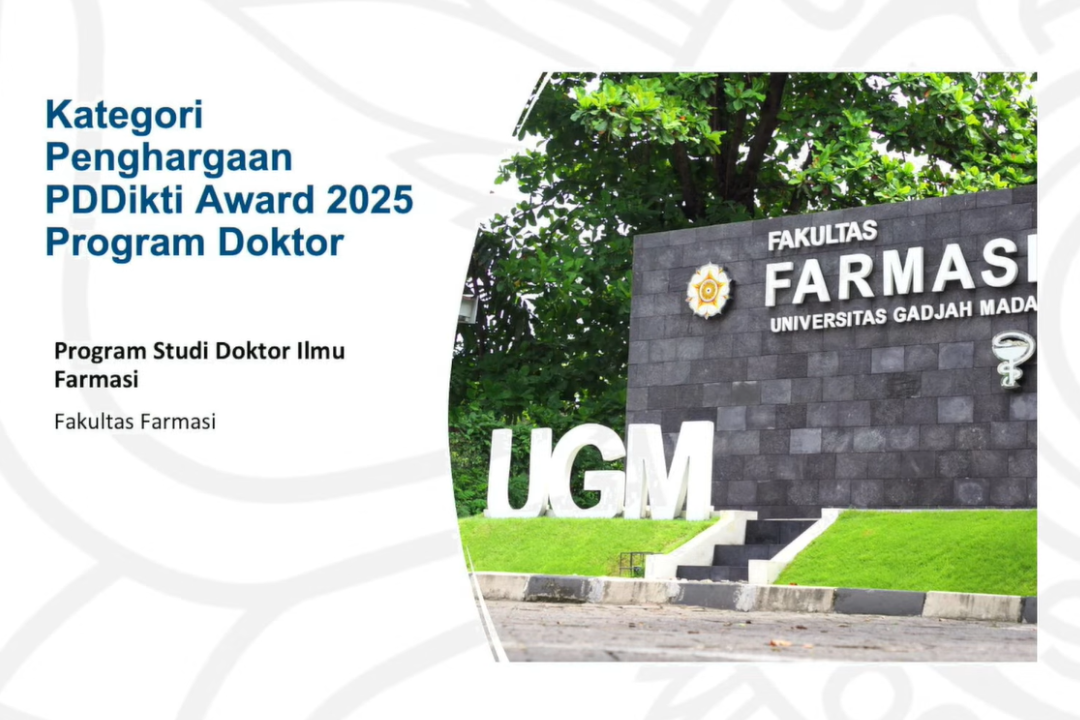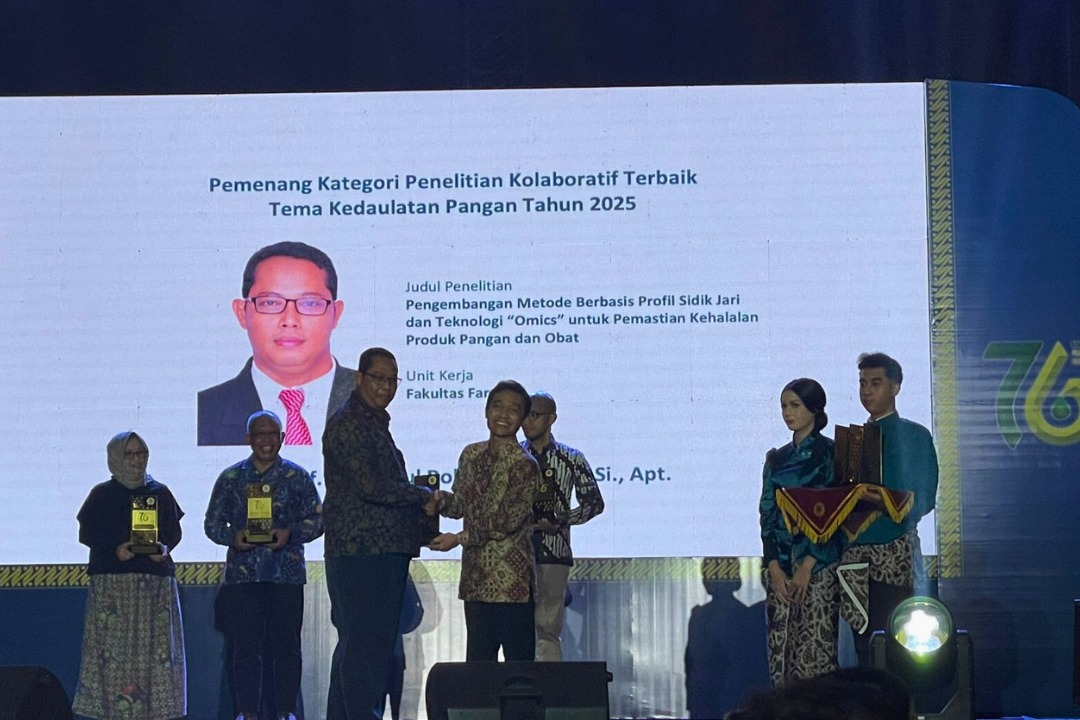Professional Education is strongly influenced by previous bachelor’s degree level. Year 1946-1962: implementing the free system. Students were free to determine the date of their exam. Year 1962-1974: implementing a guided study system divided into semesters. The Faculty managed classes in accordance with the curriculum package that had been made. In 1978, Faculty of Pharmacy applied a curriculum where the study system was divided into 3 phases: phase of Sarjana Muda (junior scholar; roughly corresponding to a bachelor’s degree) with the completion of 121 credits, phase of Sarjana (Bachelor’s degree) with the completion of 47 credits, and phase of Pharmacist Education with the completion of 15 credits. In 1980, with regard to the Decree of the Minister of Education and Culture, the study system was changed into: Sarjana Muda (115 credits), Sarjana (33 credits), and Pharmacist Education (12 credits). Based on the Joint-Decree between the Director General of Higher Education and the Director General of National Agency of Drug and Food Control along with a Workshop on the Curriculum Consolidation in Universities throughout Indonesia, Faculty of Pharmacy changed its curriculum into Bachelor’s degree (strata-1) and Profession Education consisting of Sarjana Muda (116 credits), Sarjana (33 credits), and Pharmacist Education (21 credits). At the end of 1986, the Sarjana Muda’s degree was abolished so starting in 1987 the Faculty applied the “1986 Curriculum” consisting of Sarjana (bachelor’s degree) with the completion of 149 credits and Pharmacist Education with the completion of 21 credits. In 1991, there was a curriculum refinement by which the Sarjana (Bachelor’s Degree) was earned with the completion of 153 credits and Pharmacist’s Degree was earned with the completion of 23 credits. In 1995, the curriculum of Sarjana/Bachelor’s Degree Program was changed to 144 credits and 30 credits for Pharmacist Education Program.
At Universitas Gadjah Mada, the curriculum must be revised at least every 5 years; hence since 2001, the curriculum for undergraduate program has been revised to be 144 credits and a minimum of 36 credits for the professional program (in accordance with the curriculum of the Association of Pharmacy Higher Education/APTFI, i.e. a minimum of 28 credits). Since 2006, the Pharmacist Education Program has been also divided into 2 concentrations: Industrial Pharmacist and Hospital Pharmacist.
The detail information about Pharmacist Education Program can be accessed in http://apoteker.farmasi.ugm.ac.id





